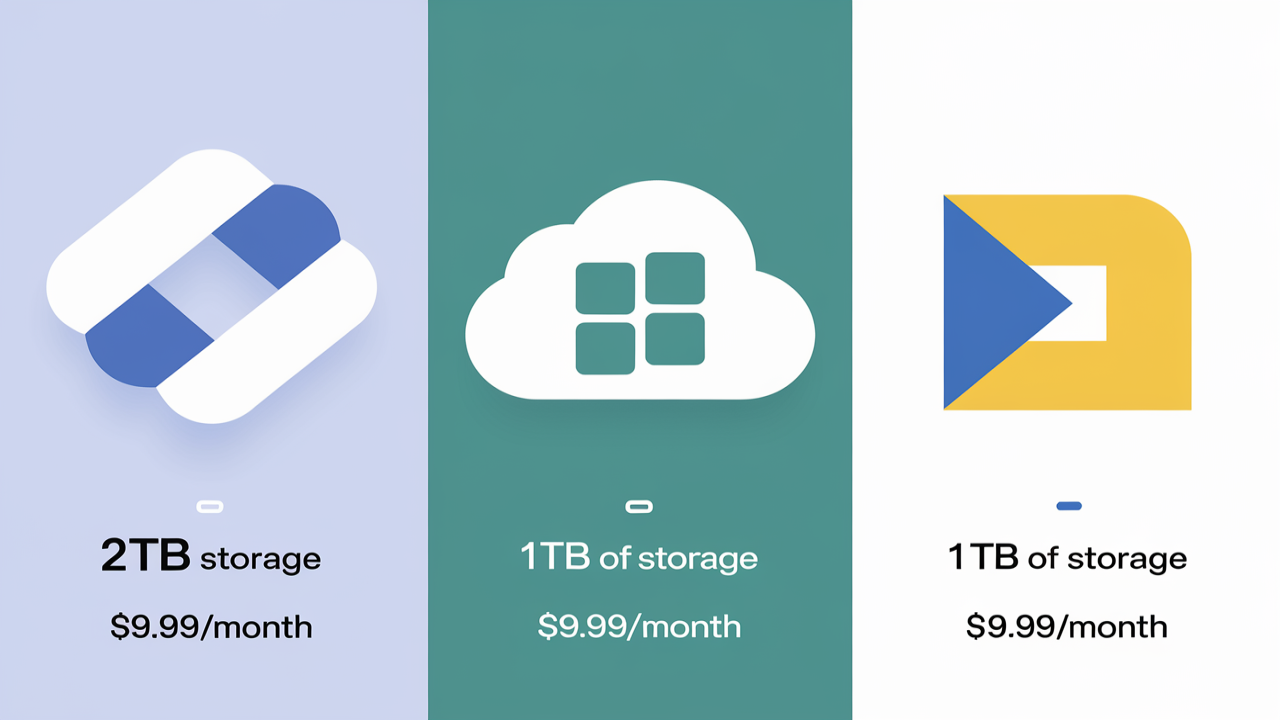In today's interconnected world, file transfer protocols (FTP) are essential for moving data between systems. Whether you're working in IT, cybersecurity, or web development, understanding these protocols is key to optimizing your workflow. In this article, we’ll dive deep into the most common file transfer protocols, their unique features, advantages, and why some are better suited to particular tasks than others.
1. File Transfer Protocol (FTP)
One of the oldest and most widely used protocols, FTP has been the backbone of file transfer since its inception in the early 1970s. Its simplicity and support for large file transfers make it a staple for organizations even today. However, it has its limitations.
How FTP Works
FTP operates in a client-server architecture. The user accesses the files stored on an FTP server by connecting through an FTP client. There are two modes of data transmission in FTP:
- Active Mode: The client opens a random port to receive data from the server.
- Passive Mode: The server opens a random port, and the client connects to it for data transmission.
Advantages of FTP
- Ease of Use: Simple setup and usage, even for non-technical users.
- Large File Transfers: FTP can handle large files with ease, which is crucial for industries requiring bulk data transfers.
Disadvantages of FTP
- Security Issues: FTP transfers data in plaintext, including login credentials. This makes it vulnerable to man-in-the-middle attacks.
- Limited Data Integrity: Lack of built-in mechanisms for data integrity checks.
2. Secure File Transfer Protocol (SFTP)
SFTP is a more secure alternative to FTP. It operates over SSH (Secure Shell) and encrypts both the data and the commands sent between the client and server.
How SFTP Works
SFTP ensures security by encrypting the communication channel through SSH. This means that not only is the file data encrypted, but the commands and login credentials are also protected from eavesdropping or interception.
Advantages of SFTP
- Strong Encryption: With SSH, the data, login credentials, and commands are fully encrypted.
- Data Integrity: Built-in checks ensure that data is not tampered with during transit.
Disadvantages of SFTP
- Slightly Slower Speeds: Due to the encryption overhead, SFTP can be slower than FTP in some cases.
3. Trivial File Transfer Protocol (TFTP)
TFTP is a lightweight protocol that is often used in situations where a full-fledged FTP server would be overkill. TFTP operates on UDP (User Datagram Protocol) and is commonly used for network booting or remote configuration of devices.
How TFTP Works
TFTP transfers files without authentication, which means it is ideal for applications like bootstrapping network devices where speed and simplicity are more important than security.
Advantages of TFTP
- Minimal Overhead: The lack of authentication makes TFTP extremely fast.
- Used in Specialized Environments: Perfect for network devices that need to quickly transfer small configuration files.
Disadvantages of TFTP
- No Security: TFTP has no encryption, making it highly insecure.
- Limited Functionality: Due to its simplicity, it cannot handle complex file transfers or large files.
4. Simple File Transfer Protocol (SFTP - Legacy)
Not to be confused with SSH-based SFTP, the Simple File Transfer Protocol (SFTP) was designed for minimal, low-bandwidth environments, typically on older networks. However, its use has waned in favor of more secure and efficient protocols like modern SFTP or FTPS.
Advantages of Legacy SFTP
- Low Bandwidth Usage: Useful for older networks with bandwidth constraints.
- Simple Operation: Streamlined for basic file transfers with minimal configuration.
Disadvantages of Legacy SFTP
- Outdated: Lacks modern encryption and error-checking features.
- Limited Application: Primarily used in legacy systems, making it rare today.
5. FTPS (FTP Secure)
FTPS is essentially FTP with added security features, operating over SSL/TLS (Secure Sockets Layer / Transport Layer Security). It offers encryption for both command and data channels, making it a popular choice for secure transfers.
How FTPS Works
FTPS uses SSL/TLS to create a secure connection between the client and server. It can operate in either explicit or implicit mode. In explicit mode, the connection starts as regular FTP and then switches to a secure connection. In implicit mode, the secure connection is initiated from the start.
Advantages of FTPS
- SSL/TLS Encryption: Provides strong security with SSL/TLS, ensuring the safety of the data being transferred.
- Widely Supported: FTPS is supported by many FTP servers and clients, making it easy to implement.
Disadvantages of FTPS
- Complex Configuration: Setting up FTPS can be more challenging than other protocols due to the need for SSL/TLS certificates.
- Firewall Issues: FTPS can face problems with firewalls because it requires multiple ports for data and control connections.
6. Secure Copy Protocol (SCP)
SCP is another secure file transfer method that operates over SSH. It is widely used for secure transfers between Unix systems.
How SCP Works
SCP is based on the RCP (Remote Copy Protocol) and transfers files over an encrypted SSH connection. It ensures both data confidentiality and integrity during the transfer.
Advantages of SCP
- High Security: Like SFTP, SCP benefits from SSH encryption, making it highly secure.
- Simple to Use: SCP can be executed with simple command-line syntax, making it ideal for scripting or automated transfers.
Disadvantages of SCP
- No Resume Feature: If a file transfer is interrupted, SCP does not have built-in functionality to resume the transfer.
- No Directory Listing: Unlike SFTP, SCP does not support the listing of files and directories.
7. Aspera FASP
Developed by IBM, Aspera FASP (Fast Adaptive Secure Protocol) is a high-speed file transfer protocol that uses a unique, UDP-based transmission method. It is designed for transferring large files across high-latency networks without compromising security.
How Aspera FASP Works
Unlike traditional file transfer protocols that rely on TCP, Aspera FASP leverages the full bandwidth available while ensuring low packet loss and high speeds.
Advantages of Aspera FASP
- Ultra-Fast Transfers: Capable of transferring terabytes of data at blazing speeds.
- Highly Secure: Strong encryption and data integrity features make it secure for sensitive data transfers.
Disadvantages of Aspera FASP
- Proprietary: Aspera FASP is a proprietary protocol, which limits its accessibility to users outside of IBM's ecosystem.
- Cost: As a premium solution, Aspera FASP is not cost-effective for smaller businesses or individuals.
8. Rsync
Rsync is an open-source utility that provides incremental file transfers, meaning only the changes within files are transferred rather than the entire file.
How Rsync Works
Rsync uses a delta encoding algorithm to compare the differences between files at the source and destination and then transfers only the differences, optimizing bandwidth usage.
Advantages of Rsync
- Bandwidth Efficient: Transfers only the changes, making it ideal for syncing large file sets.
- Automation: Rsync can be easily automated using scripts, making it a popular choice for backups.
Disadvantages of Rsync
- Not Ideal for Real-Time Transfers: Rsync operates better in batch jobs rather than real-time file synchronization.






Comments (0)